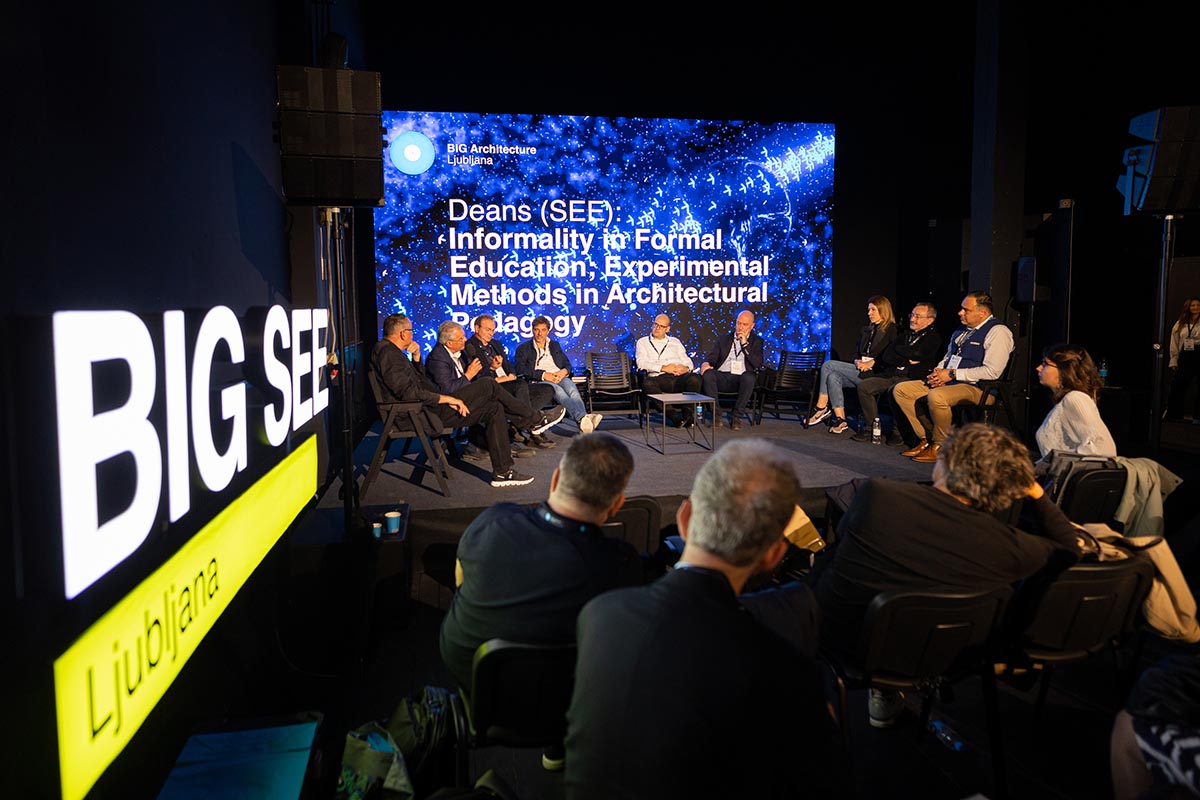www.computerweekly.com
The government has not been shy about its plans to accelerate the pace of new datacentre builds in the UK since coming to power in July 2024.There have been commitments to lower the planning barriers that have previously slowed the pace of new datacentre builds, and lots of talk about how encouraging the sectors growth will bring positive economic benefits to the UK. Another acknowledgement from the government of the importance of datacentres occurred in September 2024, with the news that server farms are to be reclassified as critical national infrastructure (CNI).This, in turn, has promoted a raft of announcements from developers about their plans to build large-scale facilities, housing compute-intensive artificial intelligence (AI) workloads, to capitalise on the governments enthusiasm for ensuring such projects get over the line.Chief among these projects is a 10bn proposal to build Europes biggest AI datacentre in Blyth, Northumberland, funded by US investment firm Blackstone and supported by the UK governments Office for Investment.There is also a government-backed plan to build a 3.75bn hyperscale datacentre on a plot of green belt land neighbouring the South Mimms Service Station in Hertfordshire, which was announced in the same month.This project is being overseen by a company known as DC01UK, which secured local council approval for its plans in January 2025, with the government previously describing the project as a prime example of the type of project it wants to encourage more of in the UK.And while the governments actions have seemingly worked wonders for increasing the number of projects in the UK datacentre markets development pipeline, questions remain about the pressure all this development will have on the countrys already creaking power grids.Before the governments pro-datacentre growth interventions, concerns were also already being aired by real estate consultancies and industry analysts about the UK running out of suitable sites in which to accommodate the growing demand for large-scale compute capacity.This is why the current government has permitted more datacentres to be built on protected green belt sites in recent months, despite opponents to this idea querying whether it is right, and even necessary, to sacrifice the UKs green spaces in pursuit of economic growth.Glasgow-based Asanti Data Centres offers hosting facilities at six sites across the UK, including in Scotland, Manchester, Farnborough, Reading and Leeds.Stewart Laing, the companys CEO, tells Computer Weekly the UK needs to develop a multi-faceted strategy to meet its growing compute demands, because simply building more hyperscale facilities is neither practical nor sustainable.Instead, the government should consider throwing its support behind operators that are also able to offer smaller-scale, strategically placed facilities, rather than solely championing the building of even more power-hungry hyperscale facilities.Hyperscale facilities typically operate on a campus-style model, with sites spanning 100 hectares or more. A single datacentre building can be the equivalent in size to four football fields, with sites often consisting of multiple such buildings, says Laing.At this scale, dedicated power substations are required, raising serious concerns about the UKs ability to divert sufficient energy to support these operations especially when businesses and consumers are struggling with high energy costs.Laings company has traditionally favoured the building of smaller-scale datacentres that are sited in geographically diverse locations, whereas the hyperscale developers have typically focused on building out their presence in and around London and the south-east of England.Developers tend to pay a premium to acquire sites in this region, when there are so many other parts of the UK crying out for investment that would fit the bill too, argues Laing.Although there is still a challenge to power diverse locations, there is a much lower energy requirement and also the opportunity to stimulate local economies outside major urban hubs, he adds.Furthermore, the economic implications of inviting large, US-based corporations for hyperscale development cannot be overlooked. Issues surrounding tax contributions from tech giants such as Google, Amazon and Microsoft remain a concern, he continues.Surely encouraging alternative datacentre models within the UK would deliver greater benefits to the local economy as well as more equitable tax contributions.Read more about datacentre capacity planningSpace and power constrain datacentre planning: The government needs to tackle the resource issues that act as roadblocks to building out UK datacentre capacity.ARM and Meta plotting a path to dilute GPU capacity: Meta wants to make artificial intelligence available to everyone who uses its platforms, but scaling AI to over one billion people is not going to be cheap.Laing is not alone in querying whether selling off and reserving huge banks of land for hyperscale datacentres is a good idea, because these projects typically have long lead times, during which the investment priorities of the operators are subject to change.An example of this is a recent analyst note from TD Cowen about public cloud giant Microsofts alleged plans to scale back its datacentre buildout plans in the US.The note, widely distributed on professional social networking site LinkedIn, states that Microsoft has cancelled leases in the US that would have increased its compute capacity by a couple of hundred megawatts with at least two private datacentre operators.While we have yet to get the level of colour via our channel checks that we would like into why this is occurring, our initial reaction is that this is tied to Microsoft potentially being in an oversupply position, the analyst note states.In our view, this indicates a loss of a major demand signal that Microsoft was originally responding to.Microsoft has declined to comment on the contents of the TD Cowen note, but the company has circulated a statement to the press that says it is well-placed to meet the demand it is seeing for its services, as a result of its past and future datacentre capacity planning activities.While we may strategically pace or adjust our infrastructure in some areas, we will continue to grow strongly in all regions, the statement reads.Even so, there is a feeling among UK-based datacentre market stakeholders that the trend towards building datacentres of ever-increasing size could be coming to an end.There are strong signs that the hyperscale datacentre boom is slowing down, due to a mixture of power constraints, economic pressure and changing technology demands. In major European hubs like London, Dublin and Frankfurt, power availability is becoming a bottleneck, says UK datacentre market veteran Peter Hannaford.To emphasise this point, Hannaford points to a newly published report by real estate advisory company Cushman & Wakefield, documenting datacentre growth trends during the second half of 2024 across Europe, the Middle East and Africa (EMEA). I think the hyperscale bubble will burst this year. The signs are appearing, with the news that Microsoft has cancelled leases totalling several hundred megawatts Peter Hannaford, EdgeNebulaThe report states that there are already 400GW (gigawatts) worth of outstanding requests from datacentres for connections to the power grid around London, and regulator Ofgem estimates 60-70% of these will never happen, retells Hannaford.Rising construction costs and supply chain challenges have also impacted on large datacentre builds, he continues. More importantly AI and real-time applications are increasing the need for edge computing rather than massive, centralised facilities, and some companies are choosing smaller, regional datacentres closer to users instead of massive hubs.This is a business model Hannafords newly launched startup, EdgeNebula, is seeking to popularise across the UK by converting existing pockets of disused commercial property and office spaces into edge-like micro-datacentres.The idea being that these sites will be linked together into, as he terms it, an amorphous mass of compute capacity that can be used to host cloud and AI workloads.And with trends like cloud repatriation and increased interest across Europe for sovereign cloud services, Hannaford is of the view that this could also see demand for hyperscale datacentres begin to wane.I think the hyperscale bubble will burst this year. The signs are appearing, with the news that Microsoft has cancelled leases totalling several hundred megawatts with at least two private datacentre operators, he says.The my-datacentre-is-bigger-than-your-datacentre approach is simply not sustainable. And yet the abundance of redundant real estate and pockets of available power create an ideal landscape for the deployment of micro-clouds. Furthermore, advances in connectivity solutions make distributed hyperscale a real possibility.EdgeNebula is not the only company to see the value in repurposing existing sites to meet the UKs need for compute capacity, says Derek Main, technical director and datacentre sector lead at engineering and design firm Hoare Lea.We are seeing a growing trend towards adaptation or repurposing of existing buildings, especially the repurposing of logistics warehouses for the datacentre needs, he says.It presents a prime opportunity to boost capacity and increase efficiencies, with the ability to build quicker.Colocation giant Digital Realty would agree on all those points, based on its experience of transforming a former printing press at a place called Olivers Yard in East London into a datacentre.Speaking to Computer Weekly, Samus Dunne, managing director for the UK and Ireland at Digital Realty, says the project is a sign of the companys commitment to meeting the growing demand for datacentre capacity in the UK in a sustainable and efficient way.We saw an opportunity to repurpose existing infrastructure, reducing environmental impact while staying close to our customers in key urban areas. Olivers Yard in London was, and continues to be, an ideal choice its location offers excellent connectivity, and the chance to revitalise a historic building, turning an old printing press into a cutting-edge datacentre, says Dunne.Weve successfully applied this model in other locations too, including the Neckermann campus in Germany known as Digital Park Fechenheim, a colocation facility in Frankfurt which was designed by Egon Eiermann and was once the headquarters of the Neckermann mail-order company. Were always exploring more opportunities to transform existing, industrial sites into modern, high-performance datacentres to meet demand responsibly.That said, Dunne acknowledges the process of repurposing existing sites into datacentres is not without its challenges.Navigating zoning, environmental regulations and preserving historical features can also be complex, says Dunne. However, with the right expertise, flexibility and investment in emerging technologies like direct liquid cooling and renewable energy, it is possible.Even so, operators need to be aware that if they are considering following a similar path, power availability can remain a bottleneck on projects, particularly in instances where companies are hoping to host AI workloads.The UKs grid infrastructure needs significant investment to support this transition, Dunne acknowledges.Our track record of transforming industrial sites gives us the confidence to continue this approach, and we encourage others to consider it despite the challenges, as the benefits for capacity and sustainability are clear.










